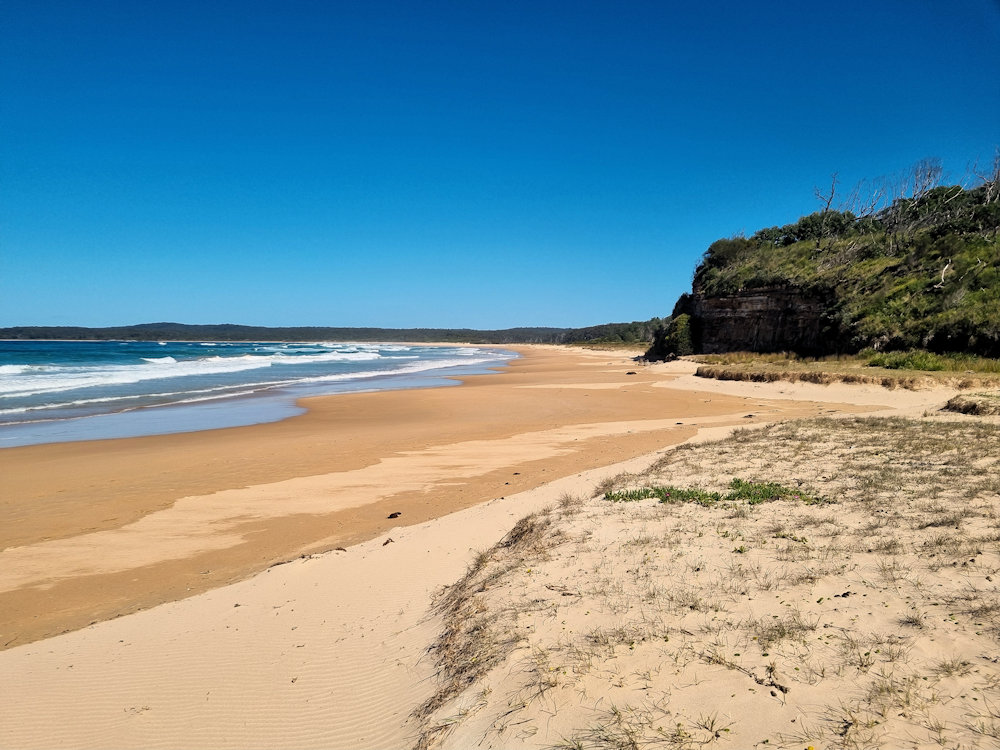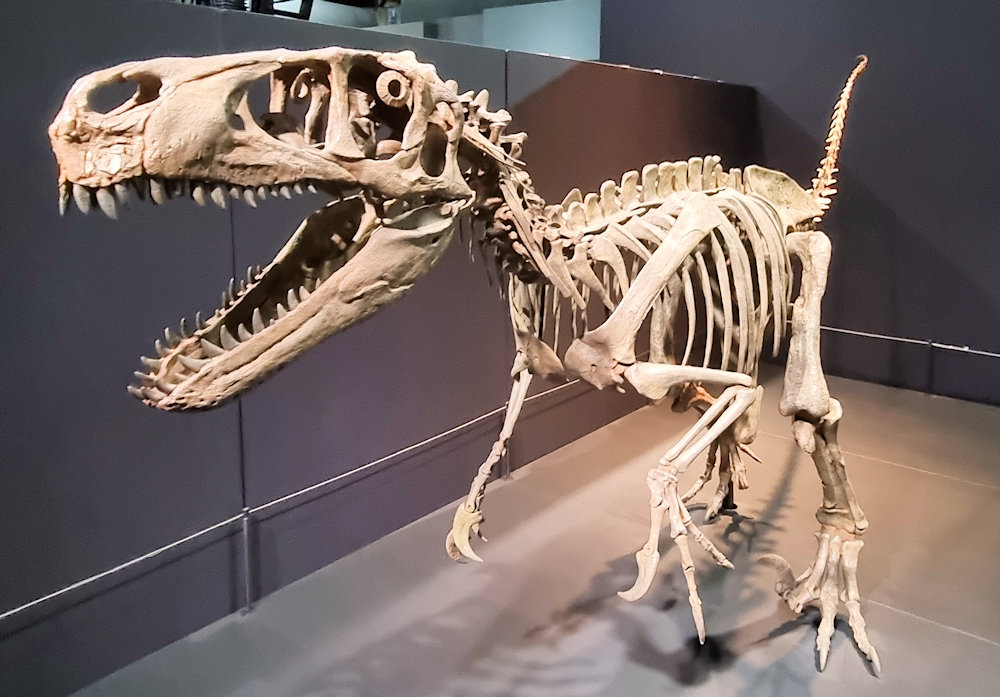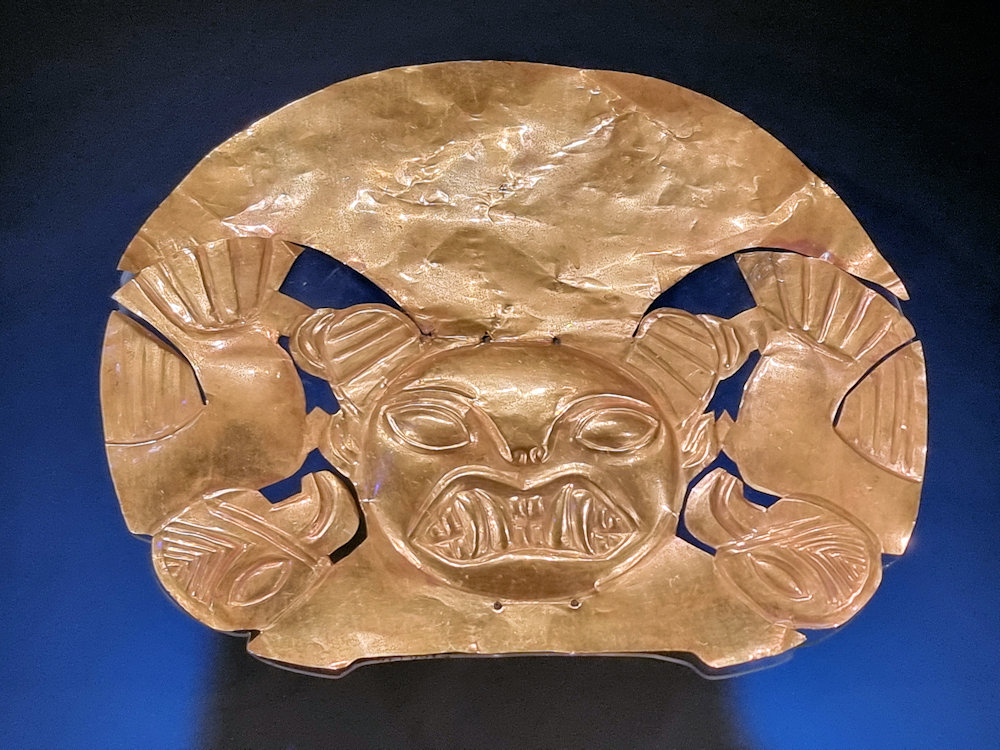Category: Science
-
North Durras Beach

North Durras Beach Located a 25-minute drive north of Batemans Bay, North Durras Beach is a popular spot for surfers. Apart from two surfers, it was deserted when we visited. We parked on North Durras Road, where Google Maps says there is a car park. It’s really just a gravel patch on the side of… Read more
-
Dinosaurs: Surviving Extinction exhibition at Newcastle Museum

Dinosaurs: Surviving Extinction exhibition at Newcastle Museum On display until 2 March 2025, the Dinosaurs: Surviving Extinction exhibition at Newcastle Museum (New South Wales, Australia) showcases the latest understanding of dinosaur evolution. Excellent artwork illustrates how palaeontologists think they looked. Fossils of protoceratops and tarbosaurus show how these dinosaurs developed through their lifecycles. Four protoceratops… Read more
-
Machu Picchu at the Australian Museum Sydney

Machu Picchu at the Australian Museum Sydney Open until the 23rd of February 2025 at the Australian Museum in Sydney, Machu Picchu and the Golden Empires of Peru is a unique opportunity to experience Andean culture in Sydney. With over 130 artifacts from five Peruvian Empires to see it’s an amazing experience. Getting There The Domain… Read more